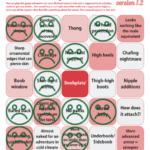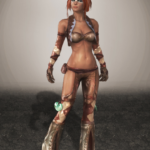



Apparently the Status Quo Warriors are now rushing to showcase Golden Axe as an some sort of critical example. They apparently wonder why isn’t there more discussion over the male character in this exciting title (that was developed recently in 1989) so let’s ignore their concerns that’ve been addressed before and talk about Tyris Flare (we’ll get to Ax Battler later).
As mentioned previously, the original design was eighteen years old when they re-invented Tyris with the second outfit in a game that was received… well not very well:
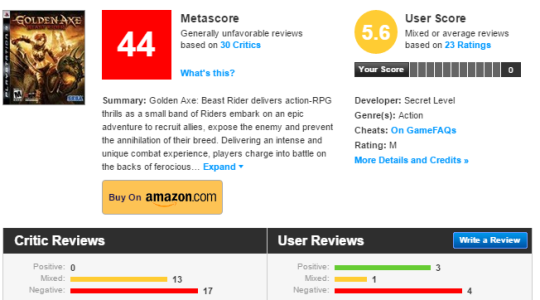
Now, it’s worth mentioning that her default outfit actually looks a lot more practical than the one in the concept art they released.
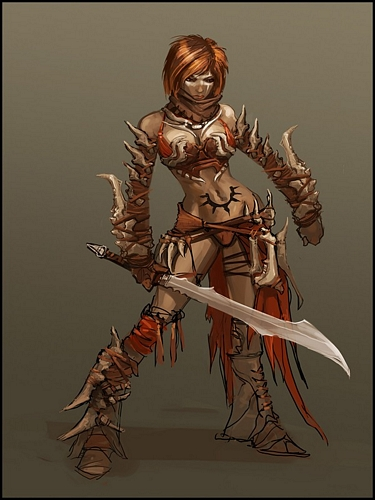
And as for their concerns over Ax Battler? Well I’ll worry about that the moment they can find me a promotional image of him in this pose:
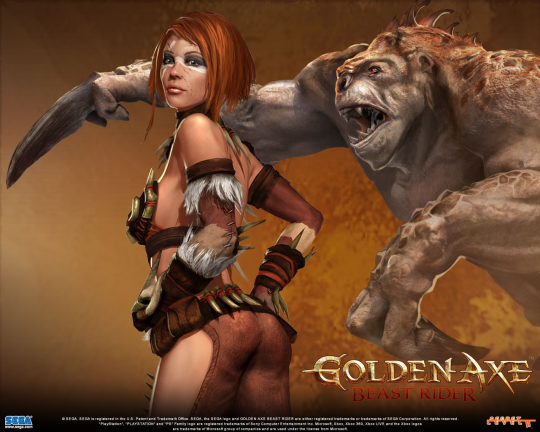
Yeah.
– wincenworks
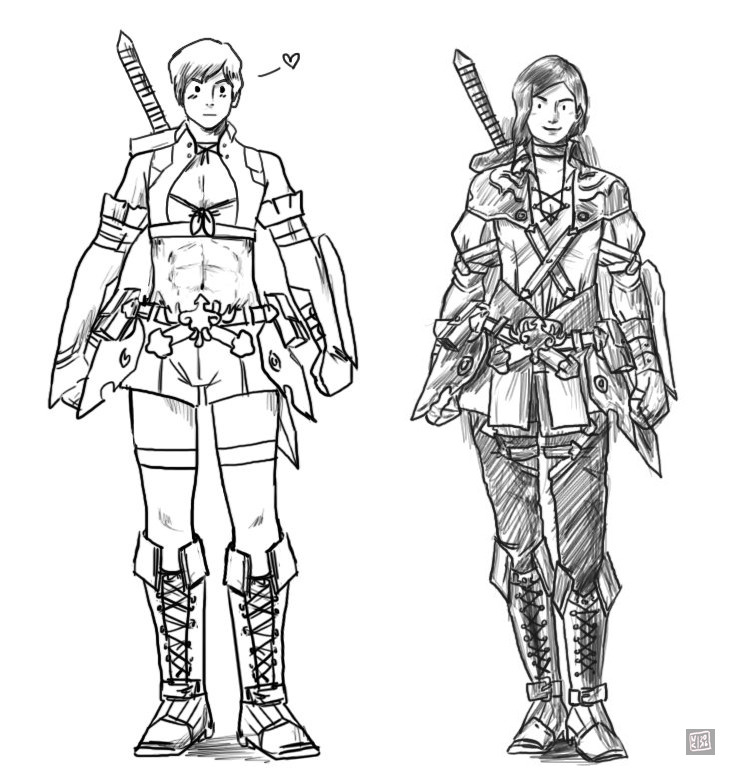

ninanofun submitted:
Hey!
I really wanted to do a quick redraw of the two characters from “Aurcus Online” (original post here), first the male one in the obviously empowering outfit and then the female one with more appropriate attire for combat.
What amazes me the most about this is that the male outfit is actually pretty gender neutral and doesn’t look weird on the woman, at all. You’d probably just make the collar a little smaller for a more “feminine” look and choose different boots for a lady with her body shape (like I did), but that’s it. So why on earth would you invest more precious time into developing a different version of this outfit? The “male” one even shows cleavage! Game designers never cease to confuse me.
Wonderful and empowered submission, thank you! Very much in the vein of those experiments @costumecommunityservice did way back.
I am honestly as baffled as you for why so many video game developers design separate costumes for the same character/class depending on gender instead of slightly readjusting one outfit. Somehow doing extra work specifically to alienate half of potential audience is good business practice, because… sex sells?
Yet whenever it’s more convenient, a completely opposite rhetoric is used to justify lack of women in a game.
So yeah, depending on which way the creators want to keep gaming cootie-free, female characters either have a separate budget for making them explicitly different (i.e. more sexualized) than male ones or they are too hard to render so there won’t be any. Either way, women = deviation from the norm = extra work.
~Ozzie
Ghost in the Shell
@whereismywizardhat submitted:
THE MARKETING
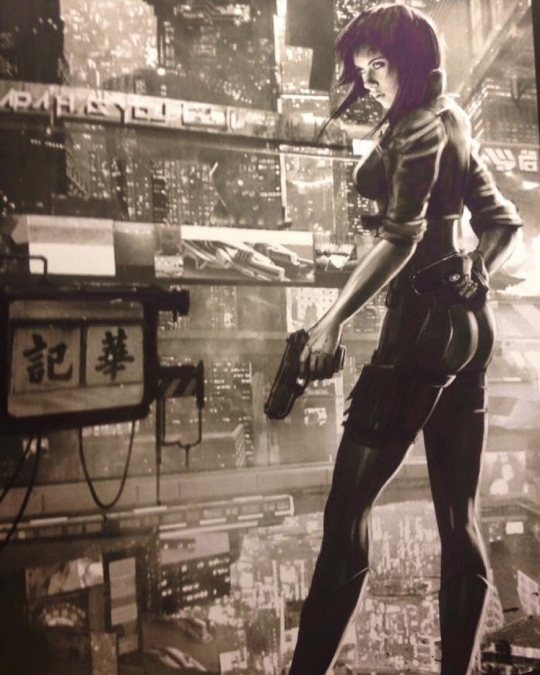
THE LESS CREEPY MARKETING

Oh boy does Ghost in the Shell look like it’s going to be the latest in comic book adaptations that misses the point at every level. Aside from the obvious issues with white washing the protagonist and relocating from a fictional city to a real one (seriously, just make a new story) we now have, well their approach to whether or not to sexualize the protagonist.
The original 1995 anime movie adaptation made a few changes to the protagonist Major Motoko Kusanagi, she was shifted from being a young woman who performed frequent fan service and was very emotionally expressive to a sterner woman who might be in her forties with on brief periods of non-sexual nudity. Unsurprisingly, given the tone and weight of the subject matter, it went over really well with audiences.
Based off the recent collection of images, the makers of the latest adaptation are trying to have their cake and eat it too.
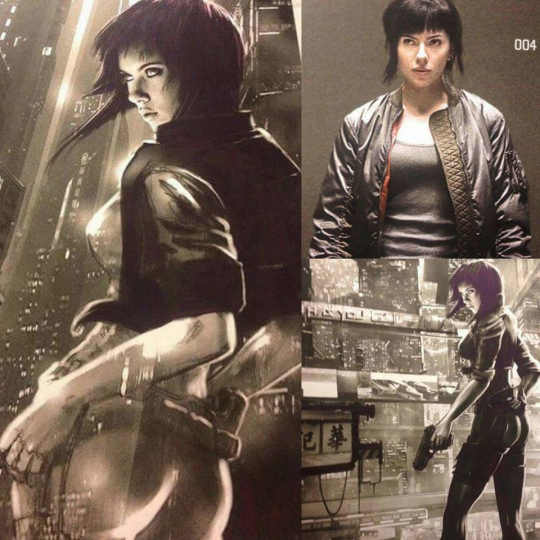
Which is ridiculous given that the original movie was massively successful in its own right, massively influential on media in Japan and the rest of the world without trying to rely on white “star power” or pandering.
This is what happens when a classic is repackaged by people are using outdated assumptions on what actually sells tickets. The tyranny of Creepy Marketing Guy continues.
– wincenworks
Ghost in the Shell
@whereismywizardhat submitted:
THE MARKETING

THE LESS CREEPY MARKETING
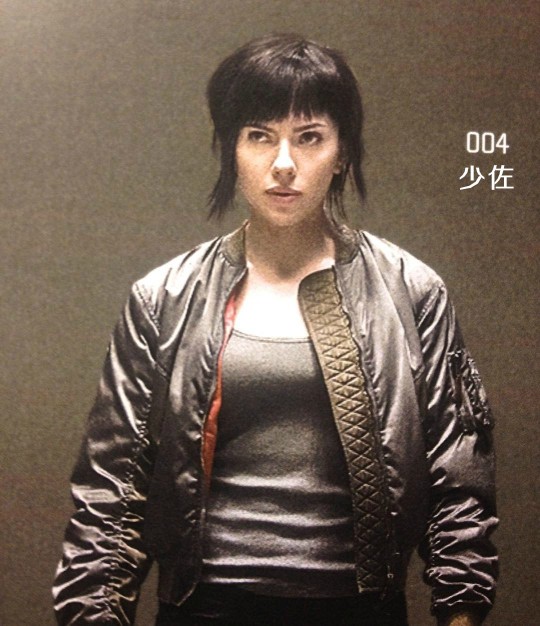
Oh boy does Ghost in the Shell look like it’s going to be the latest in comic book adaptations that misses the point at every level. Aside from the obvious issues with white washing the protagonist and relocating from a fictional city to a real one (seriously, just make a new story) we now have, well their approach to whether or not to sexualize the protagonist.
The original 1995 anime movie adaptation made a few changes to the protagonist Major Motoko Kusanagi, she was shifted from being a young woman who performed frequent fan service and was very emotionally expressive to a sterner woman who might be in her forties with on brief periods of non-sexual nudity. Unsurprisingly, given the tone and weight of the subject matter, it went over really well with audiences.
Based off the recent collection of images, the makers of the latest adaptation are trying to have their cake and eat it too.

Which is ridiculous given that the original movie was massively successful in its own right, massively influential on media in Japan and the rest of the world without trying to rely on white “star power” or pandering.
This is what happens when a classic is repackaged by people are using outdated assumptions on what actually sells tickets. The tyranny of Creepy Marketing Guy continues.
– wincenworks

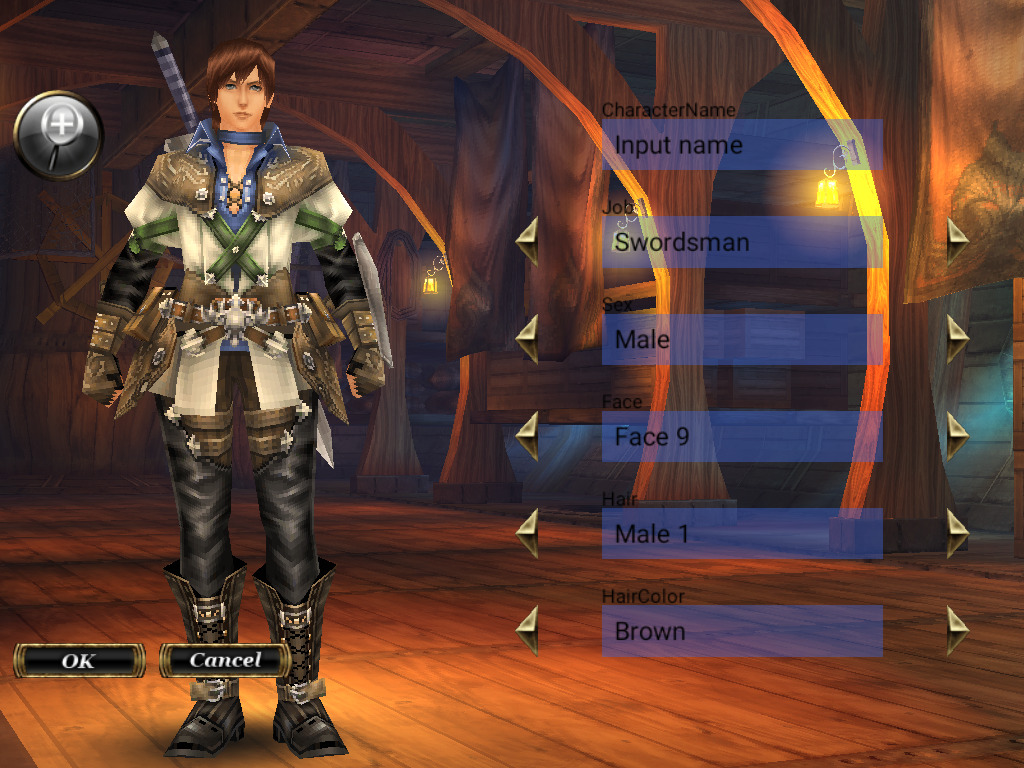
@sapphiresoliloquy submitted:
So, I decided to play a game called Aurcus Online, these are the two player characters. Hopefully I got all the right tags.
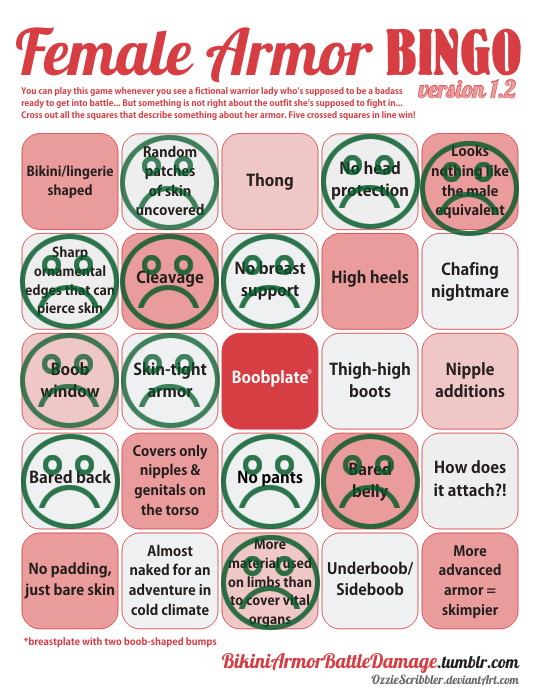
I’m really curious how they managed to have a few common traits but still have her outfit look so removed from his. Did one of them have their design revised many times and the other just get signed off on first draft?
– wincenworks
Stop Pretending “Sexy” and “Sexualized” Mean the Same Thing
Stop Pretending “Sexy” and “Sexualized” Mean the Same Thing
An article relevant to the rhetoric we’re often met with in response to our posts – that we’re against anything remotely sexy, or that we’re conflating sexyness with sexualization (even if the author is weirdly fixated on alleged inherent problems with anime culture).
It also alludes to the problem of distinguishing between nudity and sexualization, which we also addressed recently:
This article is not about how you perceive people; it’s about how they are presented to you. The human body is neutral, not inherently objectified just by virtue of being visible.
As well as the good old “sex sells” argument:
Sexiness without objectification is not some hypothetical or abstract concept […] “Sex sells!” commenters squawk every time this comes up, as if this voyeuristic collage of disembodied lady parts is the only way to make non-erotic programming commercially viable.
Back to clearing up the confusion, important thing to remember is that here at BABD we usually use word “sexy” (as well as “empowered”) in a tongue-in-cheek manner, unless stated otherwise.
For example – in the Overwatch slot machine “sexy” is a shorthand for “objectified and attractive according to conventional Western beauty standards” and replacing it with “beefy” and “curvy” for Zarya and Mei does not mean the two aren’t sexy characters. It means that (slightly) different body type/beauty standard than generic hotness was a priority in their design.
We’ll always firmly stand by the assessment that sexyness is perfectly fine thing to portray in media – the key is to remember there’s time and place for anything, even fanservice – and (in our blog’s case) portrayal of female warriors ain’t that time.
~Ozzie
Stop Pretending “Sexy” and “Sexualized” Mean the Same Thing
Stop Pretending “Sexy” and “Sexualized” Mean the Same Thing
An article relevant to the rhetoric we’re often met with in response to our posts – that we’re against anything remotely sexy, or that we’re conflating sexyness with sexualization (even if the author is weirdly fixated on alleged inherent problems with anime culture).
It also alludes to the problem of distinguishing between nudity and sexualization, which we also addressed recently:
This article is not about how you perceive people; it’s about how they are presented to you. The human body is neutral, not inherently objectified just by virtue of being visible.
As well as the good old “sex sells” argument:
Sexiness without objectification is not some hypothetical or abstract concept […] “Sex sells!” commenters squawk every time this comes up, as if this voyeuristic collage of disembodied lady parts is the only way to make non-erotic programming commercially viable.
Back to clearing up the confusion, important thing to remember is that here at BABD we usually use word “sexy” (as well as “empowered”) in a tongue-in-cheek manner, unless stated otherwise.
For example – in the Overwatch slot machine “sexy” is a shorthand for “objectified and attractive according to conventional Western beauty standards” and replacing it with “beefy” and “curvy” for Zarya and Mei does not mean the two aren’t sexy characters. It means that (slightly) different body type/beauty standard than generic hotness was a priority in their design.
We’ll always firmly stand by the assessment that sexyness is perfectly fine thing to portray in media – the key is to remember there’s time and place for anything, even fanservice – and (in our blog’s case) portrayal of female warriors ain’t that time.
~Ozzie

